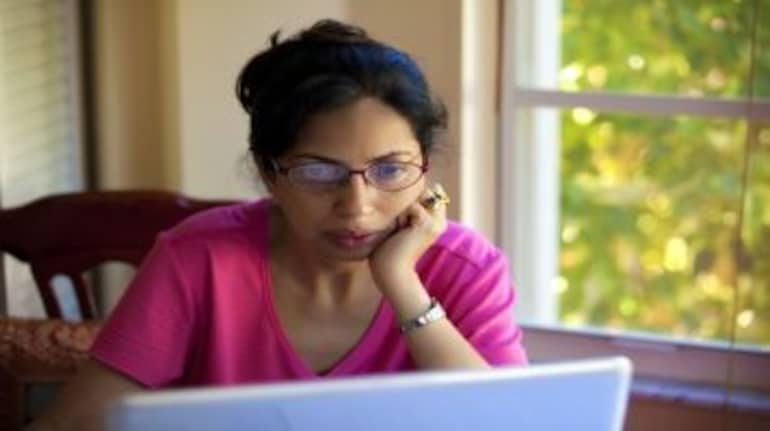



Amar ChoudharyFinaskusWhile often a procrastinated and neglected topic, financial planning is now starting to become a necessary exercise for every individual or family especially in a low risk-free rate environment with street inflation much higher than the headline inflation. While we encourage short term and long-term goal planning, first and foremost, however, one needs to focus on the unexpected. When you plan for short and long term goals these are known events that can be planned for and if needed these goals can be adjusted over time. An emergency by definition is a serious and unexpected situation that requires immediate action. Life is never a smooth ride, you never know when you would be thrown a curve-ball in baseball terms or a googly in cricket parlance, which derails your best laid plans – loss of job, health issues, an accident these are all events that are not expected or planned for.Unlike the luxuries that so many of us purchase with our cash or credit cards, having an emergency fund is a necessity. Financial experts recommend that people maintain a cash reserve large enough to cover six months worth of household expenses. Rest assured, someday you will need it. To quote the American poet Henry Wadsworth Longfellow, "Into each life some rain must fall, Some days must be dark and dreary." Build a Six-month emergency fundHere we look at how much you'll need to save for your emergency fund and how you can get started, today. Many may think that six months of emergency fund won’t be a big amount and the perception may be that this money can be saved up easily or may already have been saved up. But you may be surprised at the final number as small things add up quickly. We assume the following monthly expenses in our emergency fund calculation. If your expenses differ or vary you can make adjustments in the following table and calculate accordingly.  Source: FinaskusIt is therefore prudent to have at least six months of essential expenses set aside towards any contingency needs. I would not recommend stashing this emergency fund in a savings bank account but rather park it in a liquid fund, which is backed by bonds with good credit rating hence highly secure and gives you a return of ~7-8% (as of Nov 2016).Buy adequate health insuranceThe right amount of health coverage has become a necessity in today’s high cost environment. Healthcare costs have outpaced inflation over the last 10 years and have escalated beyond belief. Between 2004 and 2014, for example, the average medical expenditure per hospitalization for urban patients increased by about 176%. For rural patients, it jumped by a little over 160%. Such spikes in healthcare costs do no favor India’s massive, uninsured population. Over 85% of Indians in rural areas and 82% of urban residents have no health insurance. It is imperative that one plugs this insurance gap at the earliest as it can bleed away your savings rather quickly. Buy adequate term-life insurance I would recommend a term life insurance plan as a viable option for life insurance. Term life insurance is the cheapest and most appropriate form of life insurance that provides full financial coverage for a defined period of time. In the event of any unforeseen circumstances the death benefit will be paid to the beneficiary. For example a 35 year-old non-smoking male can buy a term life insurance plan for as low as Rs 9,000 per year for 25-year duration.Once you have an emergency fund, a health insurance plan and adequate term life insurance, I would say you have aced your emergency financial planning!
Source: FinaskusIt is therefore prudent to have at least six months of essential expenses set aside towards any contingency needs. I would not recommend stashing this emergency fund in a savings bank account but rather park it in a liquid fund, which is backed by bonds with good credit rating hence highly secure and gives you a return of ~7-8% (as of Nov 2016).Buy adequate health insuranceThe right amount of health coverage has become a necessity in today’s high cost environment. Healthcare costs have outpaced inflation over the last 10 years and have escalated beyond belief. Between 2004 and 2014, for example, the average medical expenditure per hospitalization for urban patients increased by about 176%. For rural patients, it jumped by a little over 160%. Such spikes in healthcare costs do no favor India’s massive, uninsured population. Over 85% of Indians in rural areas and 82% of urban residents have no health insurance. It is imperative that one plugs this insurance gap at the earliest as it can bleed away your savings rather quickly. Buy adequate term-life insurance I would recommend a term life insurance plan as a viable option for life insurance. Term life insurance is the cheapest and most appropriate form of life insurance that provides full financial coverage for a defined period of time. In the event of any unforeseen circumstances the death benefit will be paid to the beneficiary. For example a 35 year-old non-smoking male can buy a term life insurance plan for as low as Rs 9,000 per year for 25-year duration.Once you have an emergency fund, a health insurance plan and adequate term life insurance, I would say you have aced your emergency financial planning!
Discover the latest Business News, Sensex, and Nifty updates. Obtain Personal Finance insights, tax queries, and expert opinions on Moneycontrol or download the Moneycontrol App to stay updated!